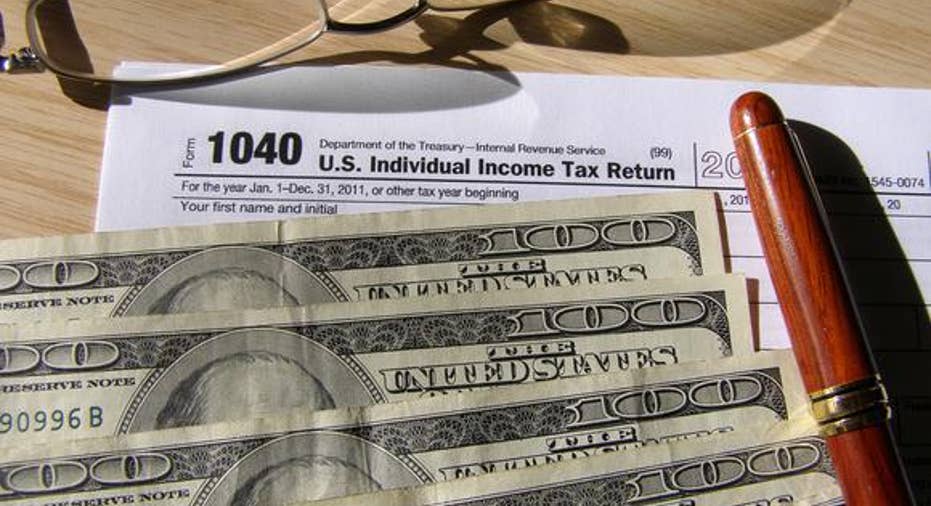What to do When the Tax Forms Start Arriving

Is it tax time already? You may not want to admit it, but tax time starts well before the filing deadline. Your important tax forms start arriving in the mail in January. If you simply let them accumulate in a pile, it will be April before you realize it, and you will be scrambling around, attempting to do your taxes at the last moment. Woe unto you if you realize at the last minute that one of your important tax forms is nowhere to be found.
How many forms should you expect? That depends on your situation, but anything that contributes to your income or makes adjustments to your taxable income will require documentation. Primary forms include:
- W-2s – Everyone that you have worked for as a direct employee owes you a W-2 form to show all monies paid to you and taxes withheld.
- 1099s – 1099s cover all income from sources that do not withhold for taxes, such as independent contracting/freelancing position. You should receive a 1099 from every independent contracting job that you performed.
- 1098s – 1098s cover deductible interest expenses. There are a wide variety of 1098s, but the most common ones cover mortgage interest and tuition/student loan interest.
- K-1s – K-1 forms are for pass-through income situations such as trust income, LLCs, and S-corporations.
- 1095s – You will have one new form for this tax year, the 1095 form. A 1095 form is required with your tax return to serve as proof that you have sufficient health-care insurance as mandated by the Affordable Care Act. Failure to provide one will result in a penalty.
Take the time to make a checklist of all the forms you should expect to receive. That way you will know to follow up early if you do not receive an expected form on time. If you have moved recently, you will have to be proactive and make sure that all parties that owe you a form have your correct address. They are obligated to send you a form, but not to verify that you have received it.
While you wait for these forms to arrive, start gathering up the other paperwork that you need. Start with a copy of last year's tax form. If you cannot find it, you can order a transcript from the IRS through the "Get Transcript" function on the IRS website and have it mailed to you.
Gather all receipts and paperwork regarding itemized deductions, focusing on the highest income elements first. Medical expenses, mortgage expenses, educational expenses, charitable contributions ... anything that you may want to itemize should have a corresponding receipt.
Are you having trouble organizing or finding the receipts you need? Turn this year's suffering into next year's convenience by setting up a filing system to use throughout the year. A simple organizer that contains all of your receipts divided into specific deduction categories will make life a breeze next January — as long as you have the discipline to put receipts in the proper place as soon as you receive them.
By getting an early jump on your taxes, you avoid the stress of last-minute submissions and have a greater chance of avoiding costly mistakes or late-filing penalties. Do not be one of those poor souls either pulling up to the Post Office or hitting "Send" on their e-filing one minute before the deadline expires. Sit back and observe those poor souls instead, then offer them some friendly advice on how organizing your important tax documents throughout the year made your life so much easier.
This article was provided by our partners at moneytips.com
More from MoneyTips.com:You Owe Taxes, But Can’t Pay the BillThe Punishing Costs of Paying Your Taxes LateTax Identity Theft



















